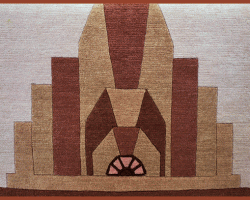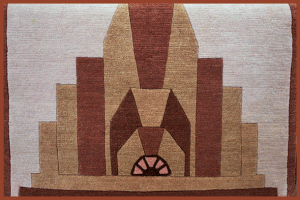
The Difference Between Mass-produced And Handcrafted Goods
Both are burgers, but the latter is made with fresh, high-quality ingredients and much more care. The same goes for furniture. Mass-produced furniture is made quickly and cheaply, without much attention to detail. Handcrafted furniture, on the other hand, is made with care and precision, using only the finest materials.
The benefits of handcrafted furniture are numerous. First, because it is made with such care, it is built to last. You won’t have to worry about your furniture falling apart after a few years; handcrafted furniture will last a lifetime. Second, handcrafted furniture is unique. You won’t find another piece like it, because it was made specifically for you. Finally, handcrafted furniture is an investment. It may cost more than mass-produced furniture, but it will increase in value over time.
If you’re looking for furniture that is of the highest quality and will last a lifetime, handcrafted furniture is the way to go.
As mass-production techniques become more efficient, the quality of handcrafted goods suffers in comparison. This is especially true when it comes to clothing.
Clothing that is mass-produced is often made from lower quality materials, and the construction is not as precise as that of handcrafted clothing. As a result, mass-produced clothing does not last as long as handcrafted clothing. Furthermore, mass-produced clothing is often less stylish and less unique than handcrafted clothing.
There are a few reasons for this. First, mass-production techniques allow for less individualized attention to detail. Second, the materials used in mass-produced clothing are often lower quality than those used in handcrafted clothing. And finally, the styles of mass-produced clothing are often less unique than those of handcrafted clothing.
So, if you’re looking for clothing that is of higher quality, more stylish, and more unique, you should consider handcrafted clothing.
The former are designed for the masses, while the latter are designed for those who appreciate quality and craftsmanship. The same is true of the difference between store-bought and home-made food. The latter is usually of a higher quality, and often tastes better, because it is made with love and care.
The same is true of the difference between mass-produced and handcrafted goods. The former are designed for the masses, while the latter are designed for those who appreciate quality and craftsmanship. The same is true of the difference between store-bought and home-made food. The latter is usually of a higher quality, and often tastes better, because it is made with love and care.
The same is true of the difference between mass-produced and handcrafted goods. The former are designed for the masses, while the latter are designed for those who appreciate quality and craftsmanship. The same is true of the difference between store-bought and home-made food. The latter is usually of a higher quality, and often tastes better, because it is made with love and care.


